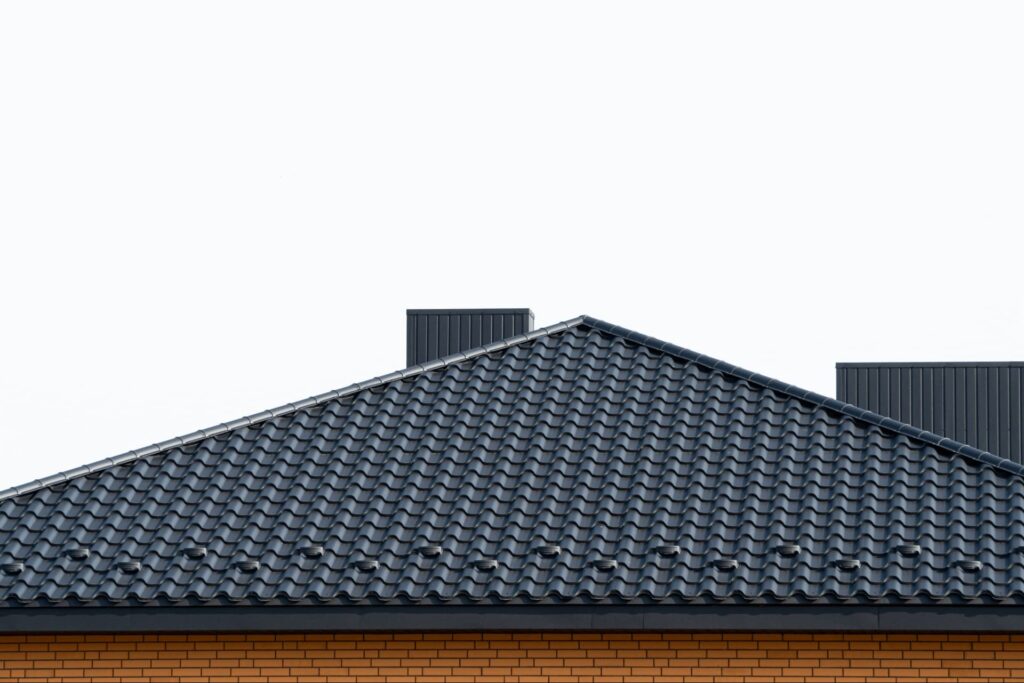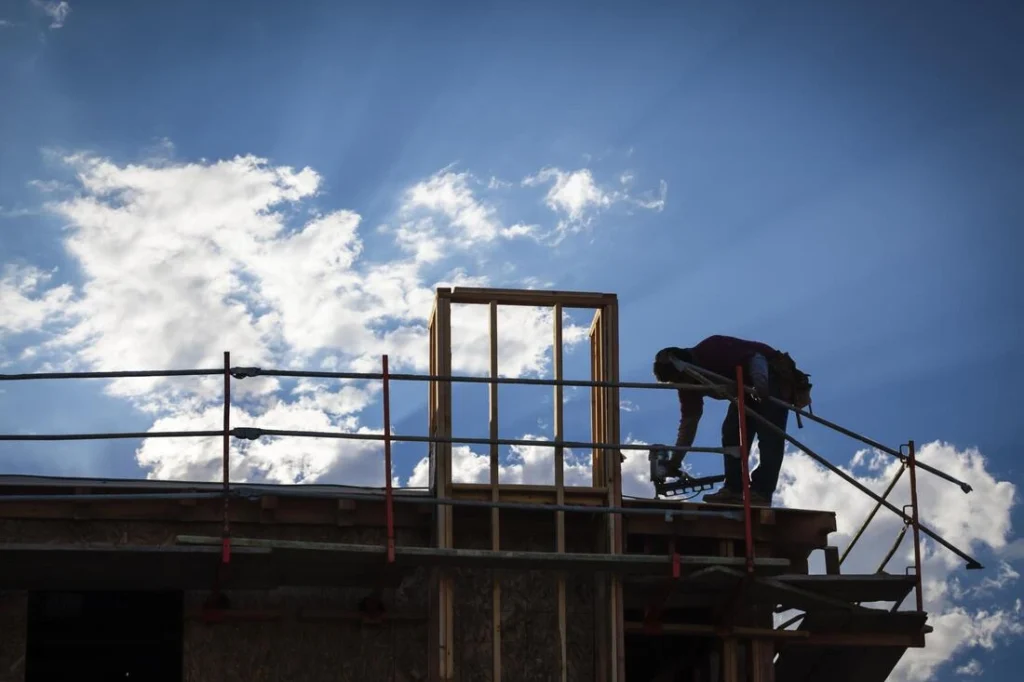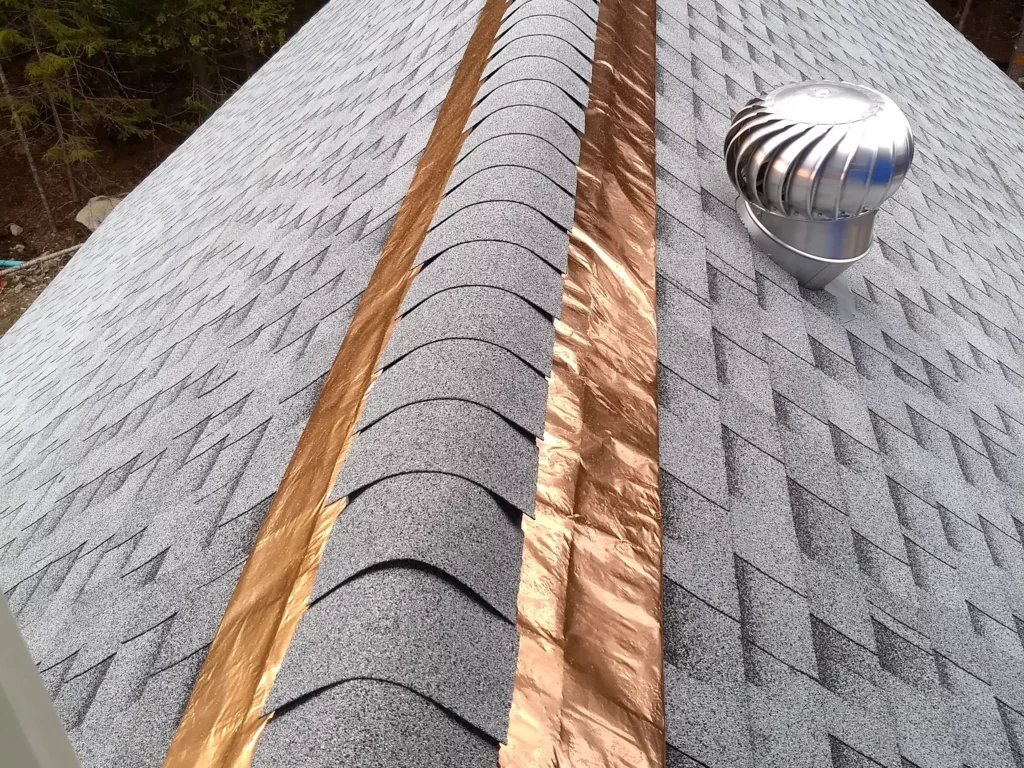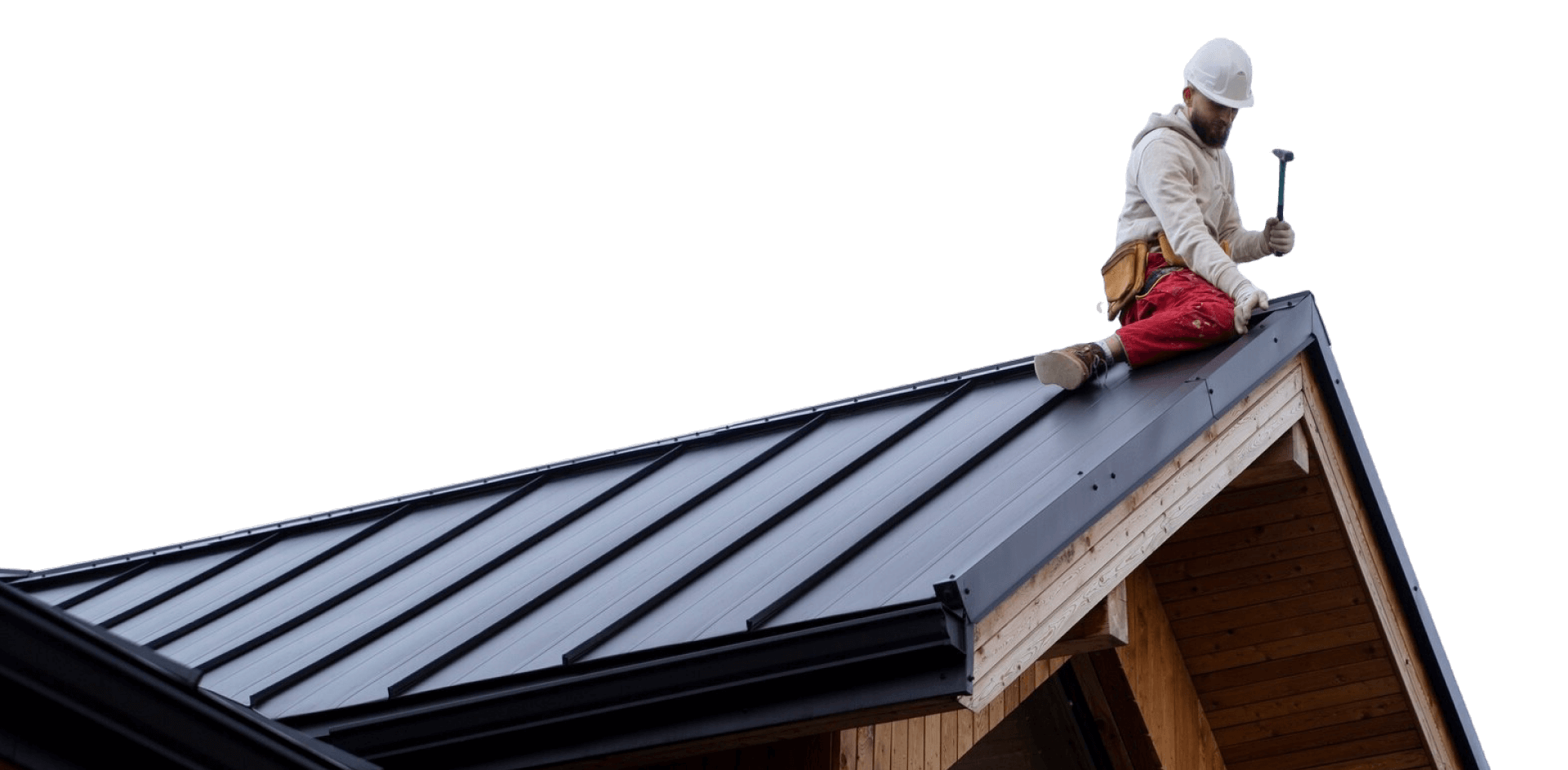Do Copper Strips on Roofs Really Prevent Shingle Damage and Algae? Here’s the Truth
At first glance, moss growing on a rooftop may seem like a harmless patch of green. In reality, it’s one of the most common and damaging issues homeowners face, especially those with asphalt or wood shingle roofs. Moss and algae flourish in damp, shaded environments, and once they establish themselves, they don’t just make your roof look neglected—they begin to destroy it from the outside in.
These organisms hold onto moisture, creating a damp microclimate that accelerates shingle decay. Over time, shingles can lift, curl, or crack, which compromises your roof’s waterproof seal and exposes your home to leaks, mold, and wood rot. It’s no surprise, then, that many homeowners ask: Do copper roof strips prevent shingle damage?
Yes—they absolutely can. Copper roof strips are a preventative, environmentally friendly, and highly effective way to stop moss and algae before they start. At Proper Roofing, we specialize in helping homeowners like you extend the life of your roof using smart, sustainable tools, like copper roof strips, that require minimal maintenance and provide long-term protection.
What Are Copper Roof Strips?

Copper roof strips are thin, metallic bands installed along the roof’s ridge or key areas prone to moss growth. They are typically 2 to 6 inches wide and are nailed or fastened directly to the shingles. Their function is simple, yet powerful: when rainwater hits the copper, it activates the release of copper ions. These ions flow down the roof and inhibit the growth of moss, algae, lichen, and bacteria.
Unlike surface cleaning or chemical treatments that deal with existing infestations, copper strips offer a preventative approach. They stop the problem before it starts—naturally and continuously—making them an ideal low-maintenance solution for long-term roof health.
Benefits of Copper Roof Strips
Copper strips offer numerous benefits beyond just moss prevention:
Biological Protection
Copper’s antimicrobial properties prevent the growth of moss, algae, mold, and mildew, keeping your roof clean and dry.
Shingle Longevity
By eliminating conditions that promote moisture retention, copper strips help preserve the structure and integrity of shingles, reducing wear and extending their usable life.
Cost-Effectiveness
Though copper strips cost more upfront than zinc or chemical treatments, they typically pay for themselves through reduced maintenance, fewer repairs, and extended roof lifespan.
Low Maintenance
Once installed, copper strips require little to no upkeep. They work automatically every time it rains, providing continuous protection without reapplication.
Curb Appeal
Copper develops a rich, natural patina over time that blends beautifully with most roofing materials, enhancing your home’s overall look and value.
Copper vs. Zinc Strips: A Comparison
When choosing between copper and zinc roofing strips, it’s important to understand the differences in performance, cost, and appearance.
Effectiveness
- Copper: Offers wide-reaching protection, typically covering 15–20 feet of roof slope below the strip. Its ions are more potent and remain effective longer.
- Zinc: Provides narrower protection and generally covers half the distance that copper does. Less effective in heavy moss-prone areas.
Durability and Longevity
- Copper: Extremely resistant to warping, corrosion, and weathering. Offers decades of consistent performance.
- Zinc: More susceptible to damage from wind, rain, and temperature changes. Often needs to be replaced within a few years.
Environmental Impact
- Copper: Uses a natural process to suppress growth and does not require any chemical treatments, making it an eco-friendly choice.
- Zinc: May require the addition of chemicals over time to stay effective, contributing to potential environmental pollution and runoff concerns.
Aesthetic Appeal
- Copper: Develops a rustic patina that blends with architectural features and adds visual interest to the home.
- Zinc: Can develop an unattractive, blotchy appearance that detracts from the roof’s overall design.
Cost Considerations
- Copper: More expensive up front, but significantly more cost-effective over time due to its long lifespan and low maintenance.
- Zinc: Cheaper to buy and install initially, but may end up costing more through repeated replacements and chemical applications.
Installation and Maintenance

Both types of strips are relatively easy to install. However, copper requires much less maintenance once in place, giving it a clear edge for homeowners who value convenience and performance.
Do Copper Roof Strips Prevent Shingle Damage?
Yes—copper strips are one of the most effective ways to protect your shingles. They work by creating an environment where moss and algae can’t thrive, which prevents these organisms from attaching to the shingle surface. Without moss lifting and damaging the shingles, the roof stays tightly sealed, reducing the risk of leaks, wood rot, and insulation problems.
Many homeowners report significant improvements in their roof’s performance after installing copper strips, including:
- Fewer leaks.
- A cleaner overall appearance.
- Fewer repairs and longer time between re-roofing projects.
By addressing the root cause of shingle decay—moisture retention and organic buildup—copper strips help your roof maintain its structure and performance for many years.
Installation Guide for Copper Roof Strips
What You’ll Need:
- Copper strips (rolls or pre-cut)
- Roofing nails and hammer
- Utility knife or tin snips
- Ladder and safety harness
- Measuring tape
Steps to Install:
- Preparation: Gather all tools and materials. Choose a clear day to work, and check for safety conditions.
- Measure and Cut: Determine where to place the copper—typically 1–2 feet down from the ridge. Measure the required lengths and cut accordingly.
- Position the Strips: Lay out the copper flush against the shingles in a straight line.
- Secure in Place: Use roofing nails to fasten the copper strip in place every 12–18 inches.
- Inspect for Safety: Ensure everything is securely attached and aligned. Use a safety harness if your roof is steep or multi-story.
This installation can often be completed in a few hours and immediately begins offering protection with the next rainfall.
What Is the Downside of a Copper Roof?
While copper strips offer numerous advantages, it’s worth being aware of potential drawbacks:
- Higher Initial Cost: Copper materials and professional installation (if not DIY) cost more than zinc or chemical solutions.
- Runoff Effects: Copper ions in rain runoff may affect plants or water systems if not properly diverted.
- Theft Risk: Copper is a valuable metal; in some areas, visible copper components may attract theft.
- Bright Appearance at First: Until it oxidizes and develops a patina, new copper may stand out sharply on certain roofs.
- Installation Sensitivity: Misaligned strips or improper nailing can reduce their effectiveness or damage the shingles underneath.
Despite these considerations, for most homeowners, the long-term benefits far outweigh the potential downsides.
Alternatives to Copper Roof Strips
If copper strips don’t fit your budget or situation, here are some viable alternatives:
- Zinc Strips: Cheaper and easier to find, but less durable and effective.
- Algae-Resistant Shingles: Ideal for new roofs; pre-treated with copper or zinc granules for built-in protection.
- Regular Roof Cleanings: Bi-annual cleanings can slow moss buildup but require recurring costs and effort.
- Chemical Treatments: Short-term fix, but can harm nearby plants, discolor shingles, and require frequent reapplication.
Final Thoughts
If you’re concerned about moss, algae, or premature shingle wear, now is the time to act. At Proper Roofing, we offer expert guidance and professional installation of copper roof strips to help homeowners protect their biggest investment. Don’t wait until damage forces you into costly repairs—prevent problems before they start. Our Port Moody Roofing team is here to help you evaluate your roof, choose the best solution, and install copper strips that will work for years to come.
Contact Proper Roofing today for a free consultation and discover how you can extend your roof’s life and restore your peace of mind.
Check out our social media pages below:
Check out some of our blogs to help with your Roofing needs:
Are Roofing Companies Liable for Damage


